Diphtheria
Diphtheria is an infection caused by the bacterium Corynebacterium diphtheriae. Although most infections are asymptomatic or mild, certain outbreaks can have a mortality rate of up to 10%. The disease manifests primarily in the upper respiratory tract, but can also affect the skin, eyes, or genitals.
Signs and Symptoms
The symptoms of diphtheria typically appear two to seven days after infection. Initial symptoms include fever, chills, fatigue, bluish skin coloration, sore throat, hoarseness, and cough. Patients may also experience difficulty swallowing and breathing, rapid breathing, foul-smelling nasal discharge, and lymphadenopathy. Within two to three days, the disease can cause the formation of a thick, grey pseudomembrane in the throat, making it difficult to breathe and swallow. Severe cases may present with cardiac arrhythmias, myocarditis, and nerve palsies.


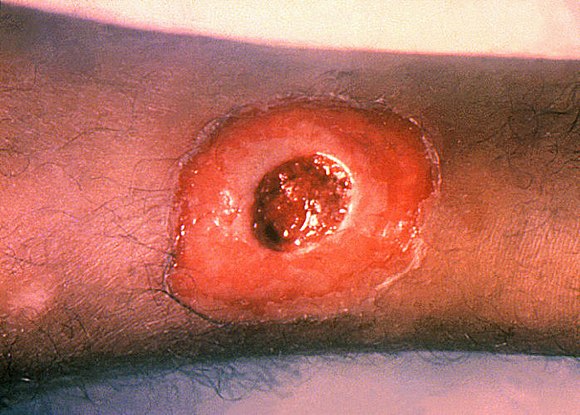
Diphtheritic Croup
In severe cases, laryngeal diphtheria can lead to a characteristic swollen neck and throat, often called a "bull neck." This condition is accompanied by a barking cough, stridor, hoarseness, and difficulty breathing.
Transmission
Diphtheria is primarily spread between people through respiratory droplets when an infected person coughs or sneezes. It can also spread through direct contact with skin lesions or contaminated objects. Asymptomatic transmission and chronic infection are possible, and there is evidence suggesting potential zoonotic transmission.
Mechanism
Diphtheria toxin (DT) is produced only by C. diphtheriae infected with a specific bacteriophage. The toxin disrupts protein synthesis in host cells by catalysing ADP-ribosylation of elongation factor EF-2, which is essential for translation during protein synthesis. High doses of nicotinamide can reverse this process.
Diagnosis
Diagnosis is based on clinical and laboratory criteria. Clinically, diphtheria presents with sore throat, low-grade fever, and a grey pseudomembrane in the throat. Laboratory confirmation involves isolation of C. diphtheriae from a throat culture or Gramme stain, and detection of the tox gene by PCR.
Prevention
Vaccination is the most effective prevention method. The diphtheria vaccine is often administered in combination with tetanus and pertussis vaccines (DPT vaccine). Booster doses are recommended every ten years.
Treatment
In severe cases, immediate medical attention is required to manage airway obstruction, potentially necessitating intubation or tracheotomy. Diphtheria antitoxin, derived from horse serum, is administered to neutralise the toxin. Antibiotics such as erythromycin or benzylpenicillin are used to eradicate the bacteria and prevent its transmission.
Epidemiology
Diphtheria is rare in developed countries due to widespread vaccination but remains common in sub-Saharan Africa, South Asia, and Indonesia. In 2015, 4,500 cases were reported worldwide, resulting in 2,100 deaths. Historically, diphtheria has caused significant morbidity and mortality, but vaccination and improved healthcare have drastically reduced its incidence.
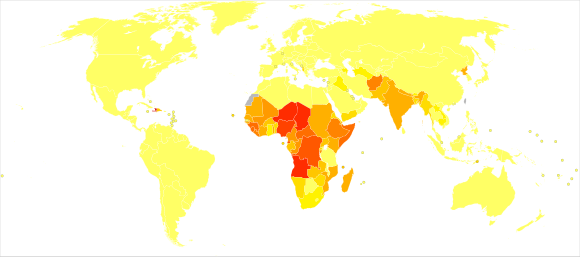
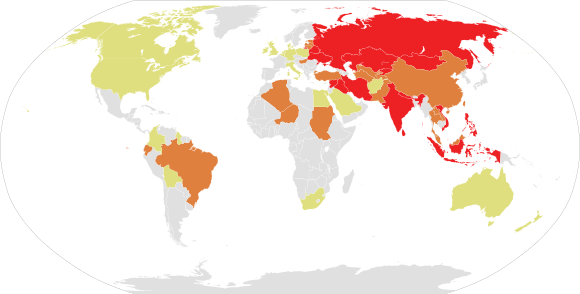
History
Diphtheria has been recognised since ancient times, with notable epidemics occurring throughout history. The bacterium was identified by Edwin Klebs in 1882. The introduction of the diphtheria antitoxin and subsequent vaccination programmes have significantly reduced the impact of the disease.
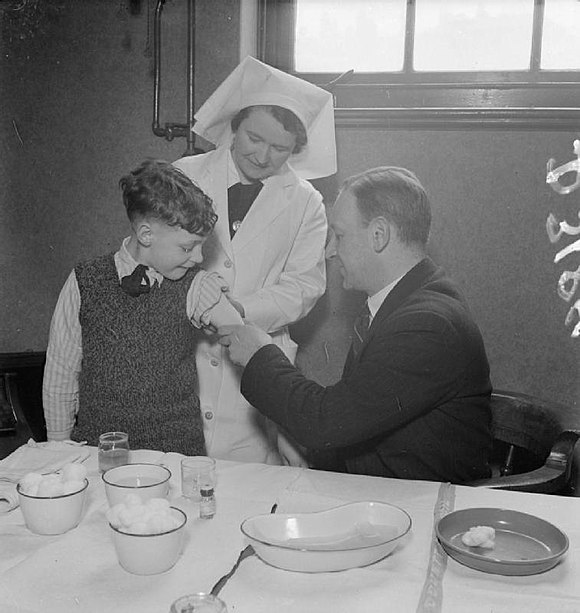
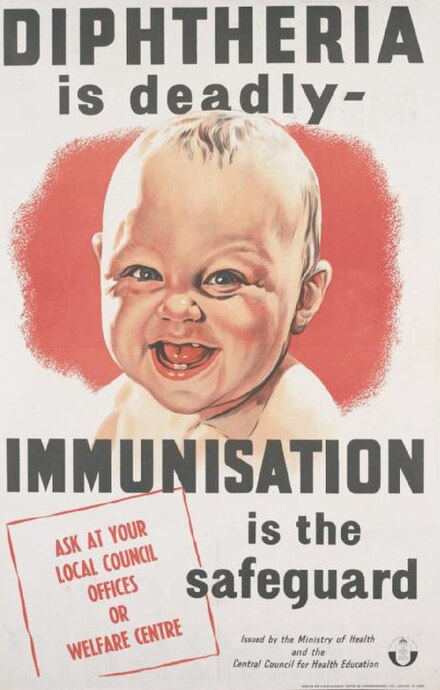
Self-assessment MCQs (single best answer)
What bacterium causes diphtheria?
What is a typical initial symptom of diphtheria?
What is the characteristic feature of diphtheria that forms in the throat?
How is diphtheria primarily transmitted?
What is the primary prevention method for diphtheria?
What is the main treatment for neutralising diphtheria toxin?
Which of the following regions has the highest incidence of diphtheria?
Which of the following symptoms is associated with severe diphtheria cases?
What is the role of the diphtheria toxin?
How often are booster doses of the diphtheria vaccine recommended?
Dentaljuce
Dentaljuce provides Enhanced Continuing Professional Development (CPD) with GDC-approved Certificates for dental professionals worldwide.
Founded in 2009 by the award-winning Masters team from the School of Dentistry at the University of Birmingham, Dentaljuce has established itself as the leading platform for online CPD.
With over 100 high-quality online courses available for a single annual membership fee, Dentaljuce offers comprehensive e-learning designed for busy dental professionals.
The courses cover a complete range of topics, from clinical skills to patient communication, and are suitable for dentists, nurses, hygienists, therapists, students, and practice managers.
Dentaljuce features Dr. Aiden, a dentally trained AI-powered personal tutor available 24/7 to assist with queries and provide guidance through complex topics, enhancing the learning experience.
Check out our range of courses, or sign up now!


